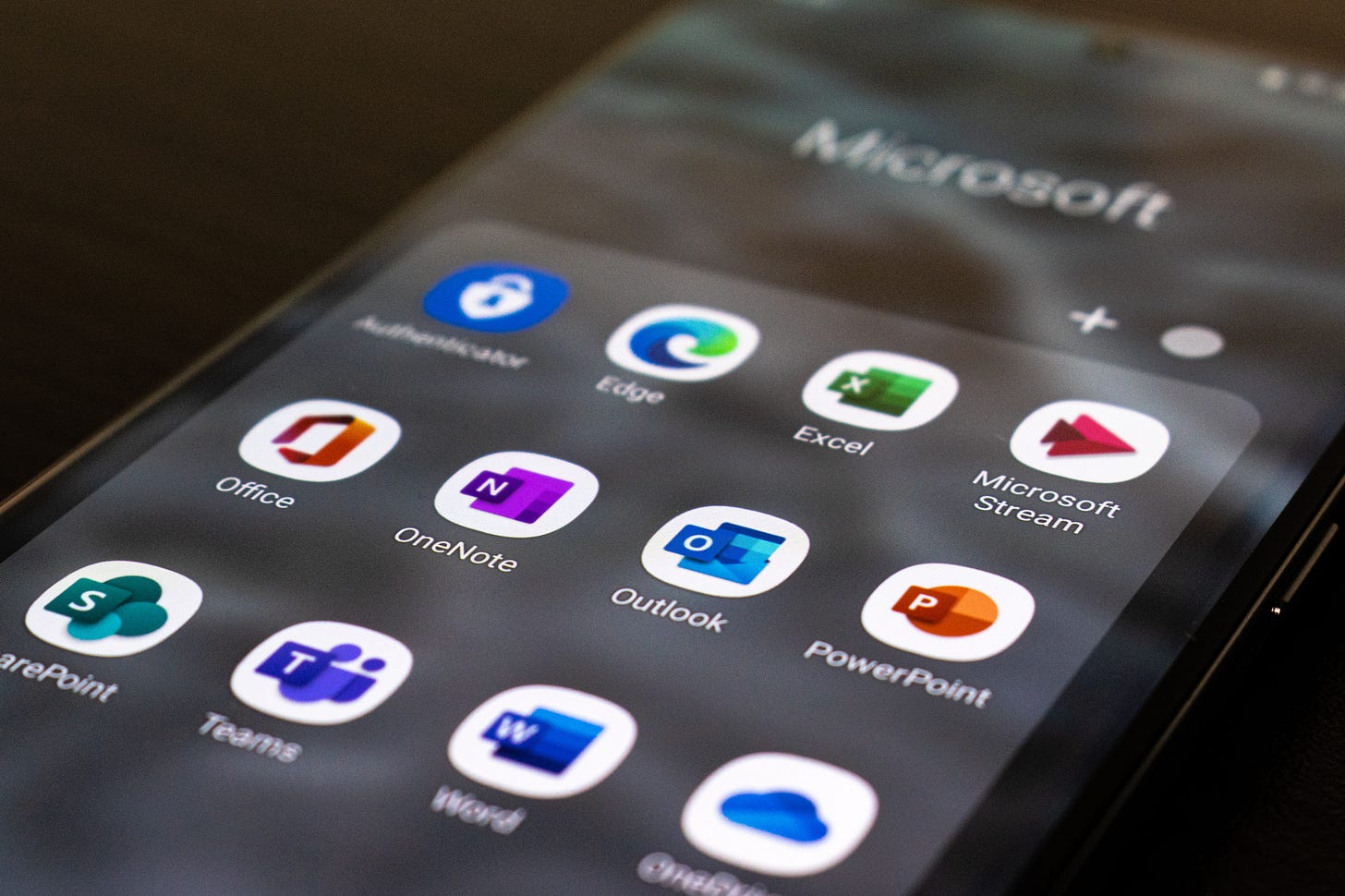In the early 1990’s there were more than 60 companies with a AAA credit rating. Today there are only two. One is Johnson and Johnson, who deals mostly in the healthcare industry. The other is Microsoft which we will be discussing today. S&P Global Inc. and Moody’s Corp. are the two largest credit ratings in the United States. They assess the likelihood of companies and entities such as governments being able to pay back their debt obligations. An example would be Microsoft issuing debt through bonds and having an obligation to pay back the money they now owe to the lender. Moody’s will give credit ratings from C all the way up to AAA. (C meaning the company/entity is either unable to pay their debt or is very likely to default on their debt soon. The default rate on AAA rated bonds since 1981 is 0%.) Moody’s gave both Microsoft and the US Government a AAA credit rating. S&P Global uses a scale from D all the way up to AAA. (D being similar to Moody’s C rating.) They gave Microsoft a AAA rating, while giving the US Government a AA+ rating (their second highest rating.) For a company to have good credit means they have a very healthy balance sheet (debt vs assets) and a strong and consistent stream of cashflow. A better rating will allow the company to borrow money at more favorable rates which can lead to incremental increases in profit margin, as well as having lenders be more willing to loan them money. Now don’t get me wrong, AA+ is still a very good rating, and is really only marginally different from AAA. But nonetheless Microsoft has an overall better likelihood of repaying its debts than the US Government according to these credit rating agencies. That is impressive in and of itself.
Now, to talk less about credit (I know, you couldn’t wait!) and more about Microsoft as a whole. Microsoft is a well-rounded tech company offering products and services such as tablets, laptops, Windows operating systems, Microsoft Office productivity suite (Word, PowerPoint, Excel, etc.,) LinkedIn, XBOX, Azure (cloud service provider) and Bing search. They also own 50% of OpenAI who has blown up with the use of their ChatGPT chatbot and are currently trying to close a deal to buy Activision Blizzard who brings in the 5th most amount of revenue from gaming in the world. The thing that makes this company so powerful is how entrenched it is in the business landscape. From the hardware to the operating system, office applications and cloud services Microsoft has it all covered. They make it so easy for businesses to stay under one umbrella and get most everything they need. The LinkedIn, XBOX, OpenAI and Activision Blizzard are just icing on the cake. Now Microsoft will not be increasing their revenue and earnings at any outlandish rate, but I find it hard to see them not increasing at a rate exceeding the market average. They are extremely entrenched in the business landscape with lots of recurring revenue and have big growth potential in the cloud segment as well as leveraging and implementing OpenAI’s products and services into their own. As far as price goes, it’s a little bit expensive right now trading at 37x earnings, with a 5-year average of around 30x earnings. I would prefer to buy closer to 25x earnings or less but that doesn’t mean you can’t start slowly averaging in before that point. This is definitely a great company for any portfolio. If share prices go down around 10-20% from today’s prices that would be a good time to start to start averaging in. If you can buy at a fair price, it seems like a good bet that the fundamentals of this company will help your investment outperform the market.




